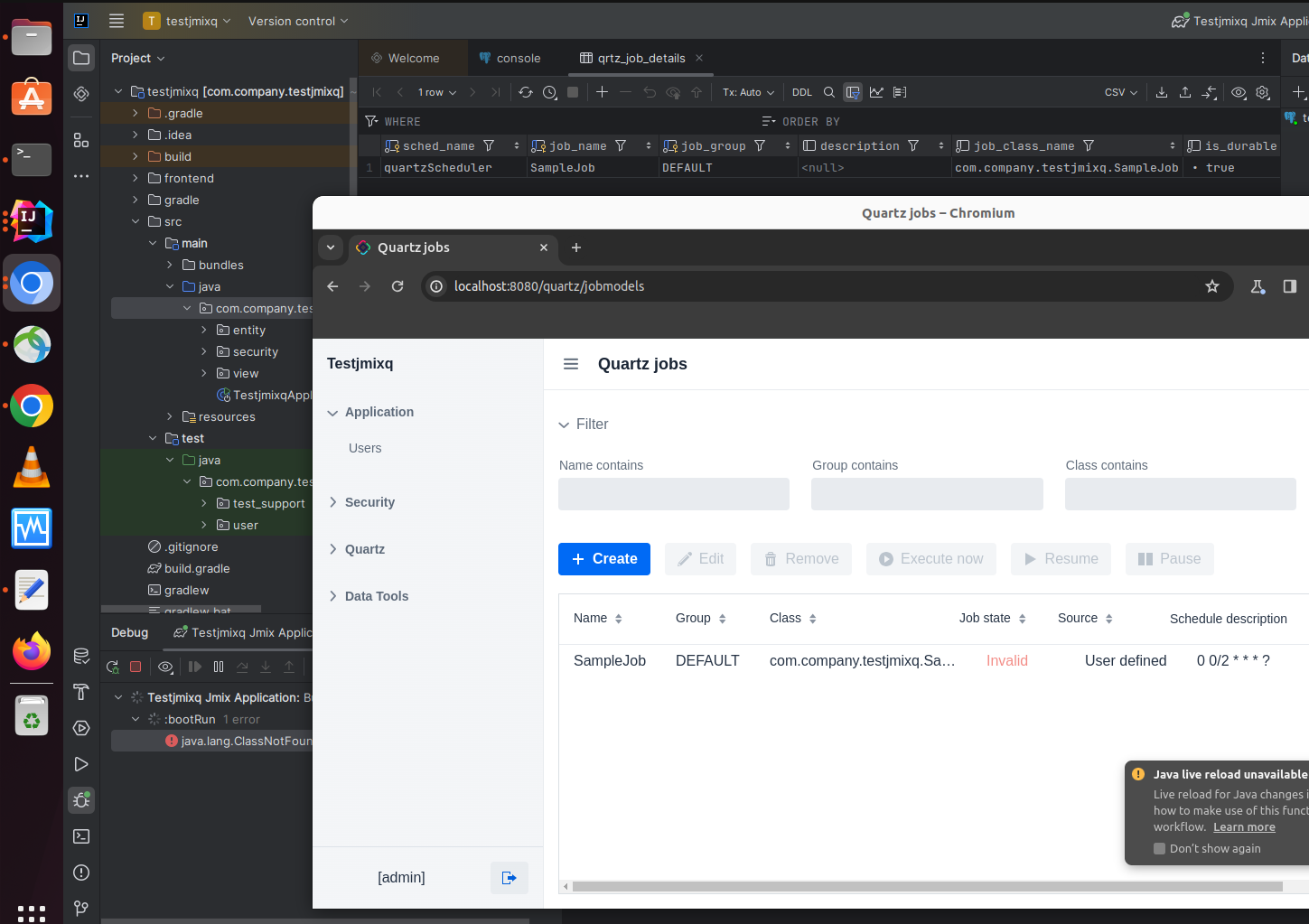Hi Ivan,
Here are the answers to your questions:-
1.Do you have a case when some job fires on both servers at the same time according to its schedule?
Yes, we do encounter scenarios where the job fires simultaneously on both servers, with only a few milliseconds of difference between them.
2.How frequently does this job fire? And what is the expected execution duration?
The job is scheduled to fire at a specific time,i our case its 10:00:00, but it executes on both servers almost simultaneously, with only a few milliseconds of difference between them.On Server 1, it fires at 10:00:00.128, and on Server 2, it fires at 10:00:00.075. The duration of execution for this job is within acceptable limits.
3.Did you try @DisallowConcurrentExecution annotation on your job class?
No, we haven’t utilized the @DisallowConcurrentExecution annotation in our job class.
4.What quartz-specific application properties do you use in your application?
We haven’t configured any quartz-specific application properties in our application.
Kindly suggest something to prevent it from being triggered from both servers.


